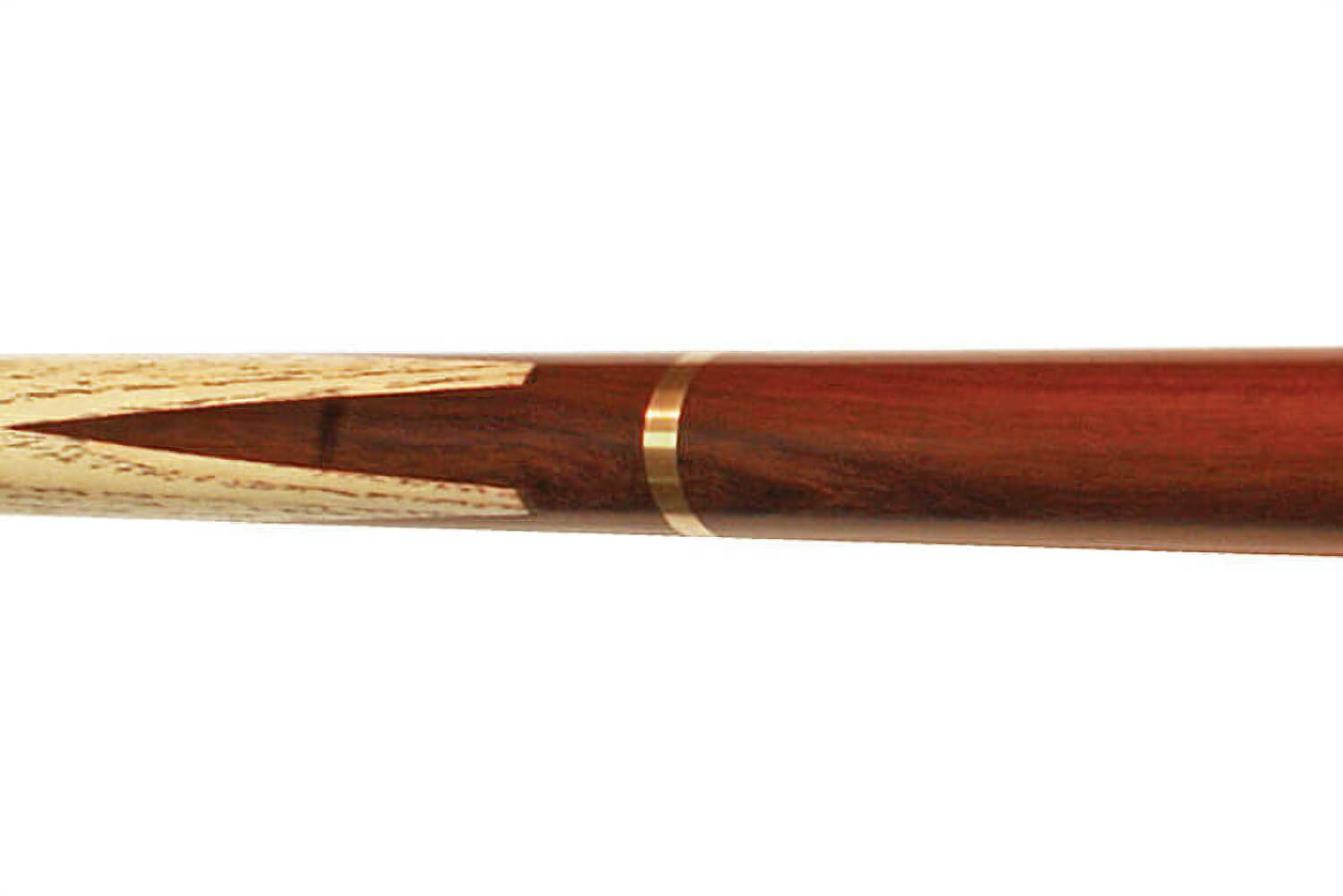
Normally, you can only aim your shot in a straight line. Here you can see different points of contact from low inside English (bottom left) to high outside English (upper right). The same hold true for low English and high English going backward and forward. Add inside English and your cue ball will travel to the right. For example, if you put a right English on the cue ball (outside English), your shot will travel to the left. When you apply English, your cueball will travel in the opposite direction of your English. This causes the cue ball to rotate forward and will make your shot travel faster and travel further. High English – Also known as “forward spin” or “top spin.” Happens when you hit the cue ball above the center.This causes the cue ball to spin backwards and can have a slowing effect on your shot. Low English – Also known as “backspin.” Happens when you hit the cue ball below the center.In other words, it goes in a straight line. Results a trajectory that is parallel to your cue stick. Outside English – If you hit the cue ball on the right side, this is called “outside English.” CB travels left.Inside English – If you hit the cue ball on the left side, this is called “inside English.” CB travels right.By hitting the cue ball in a different spot with your cue tip, you can make the cue ball spin left, right, forward, or backwards.

Depending on which direction you want your ball to spin, you can apply the appropriate type of English to your cue ball.

So now that we understand that English is just another word for sidespin, let’s look at the different types of English. This post will teach you what English is in billiards, how it works, and when to use it.
#POOL CUE ENGLISH HOW TO#
Before learning how to use English, you probably want to master the fundamentals of billiards before proceeding. It’s an advanced technique used in billiards that changes the path the cue ball travels. English is another word for “sidespin” or “side spin” depending on how you want to spell it.


 0 kommentar(er)
0 kommentar(er)
